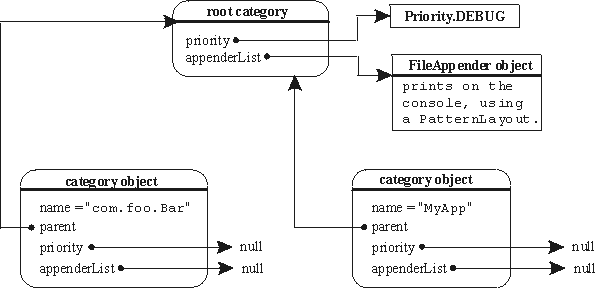
GetRequestDispatcher( path)Īs a wrapper for the resource located at the given path. Returns a String containing the real path Returns a RequestDispatcher object that acts Returns the minor version of the Servlet API that this Returns the MIME type of the specified file, or null if Returns the major version of the Java Servlet API that this Returns the names of the context's initialization parameters as anĮmpty Enumeration if the context has no initialization Returns a String containing the value of the namedĬontext-wide initialization parameter, or null if the Or null if there is no attribute by that name.Ĭorresponds to a specified URL on the server. Returns the servlet container attribute with the given name, Version: $Version$ Author: Various See Also: Servlet.getServletConfig(), The ServletConfig object, which the Web server provides the The ServletContext object is contained within In this situation, theĬontext cannot be used as a location to share global information (because Specific subset of the server's URL namespace such as /catalogĪpplication marked "distributed" in its deployment descriptor, there willīe one context instance for each virtual machine.

"web application" is a collection of servlets and content installed under a There is one context per "web application" per Java Virtual Machine.

Servlet container, for example, to get the MIME type of a file, dispatch SUMMARY: NESTED | FIELD | CONSTR | METHODĭefines a set of methods that a servlet uses to communicate with its I think of of the URL convention's creators expressed regret about having done it that way, but that's what we're stuck with.ServletContext (Servlet API Documentation) The 2 extra slashes at the beginning of the path signal the hostname, but for a file, the hostname is implicit, which is why the file URL starts with 3 slashes.
TOMCAT 8 GETREALPATH RETURNS NULL WINDOWS
So even though Windows considers "C:\MyExample.xml" and "C:\myexample.xml" to be the same file, Java does not. Note also that as part of the Unix convention, Java expects upper-lower case to be precise. The DOS/Windows normalized equivalent would be "/C:/var/log/tomcat/catalina.out". And in Unix, there's always a single filesystem root ("/"), unlike DOS, which can have 26 of them. I've used a Unix/Linux path as an example because Java's path "normalization" is based on Unix filesystem syntax. Translates to /var/log/tomcat/catalina.out. That's the official signal that it's an absolute path and not a relative one. URL format for absolute resource paths always begins with a slash. The canonical path is the "official" absolute path of the file, in case it has alternative names (for example, because of aliases/softlinks). The addition of a leading slash is simply to convert the canonical path to URL format. What is it doing to your webapp or server configuration that is a problem to you? I can't even understand if there is a way that this method works. Instead of returning the resource a null is being returned. Then parts of the string are being compared and though they seem equal as Strings, they have a different offset because of the leading slash so Then suddenly the absolute path is being normalized adding a leading '\' (so the absolute path is now \C:\MyExample.xml)ĥ. Then a file absolute path is being calculated (the same C:\MyExample.xml)Ĥ. Then a file canonical path is being calculated. You can see the a File object is created.Ģ. There is a method File file() which makes trouble.ġ. The problem led me to a source file named AbstractFileResourceSet. (From what i understand there are no resources that need additional configuration as mentioned in the migration guide here so the problem should be not in the Context) I have encountered a strange problem while migrating from Tomcat version 7 to 8.


 0 kommentar(er)
0 kommentar(er)
